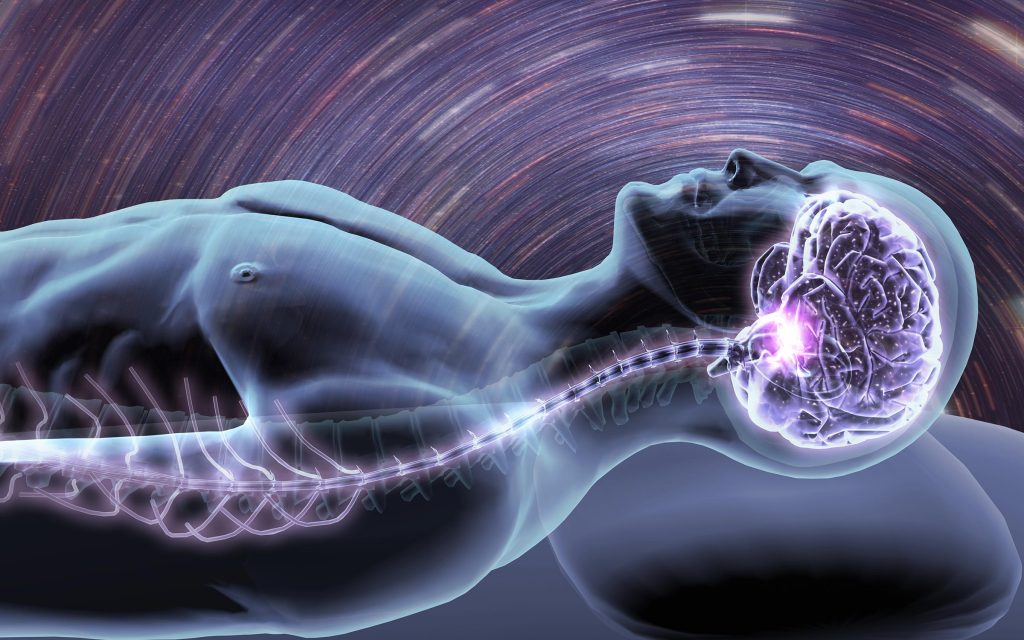Biofeedback therapy for drug and alcohol addiction
Gaining control over the mind during addiction treatment can mean the difference between someone staying in recovery and someone relapsing. One way to calm the mind and reduce tension during addiction treatment: the biofeedback bed.
RCA Devon provides a biofeedback bed for all patients to learn how to control their bodies during stressful situations, such as when a craving or withdrawal symptoms hit. Biofeedback beds give patients a better understanding on their involuntary functions, like breathing or heart rate, which are a direct connection to their emotions.
When a patient is anxious, stressed, or nervous, their breathing and heart rate quicken. This intensifies the anxious feeling, making the person even more stressed. Because this often happens without us even having to think about it, it’s difficult to control it.
Here’s how it works:
The patient lays down on the bed with a screen in front of them. After they put headphones on, a calming voice instructs the person how to breathe. On the screen, the patient can actually see when they breathe in and breathe out, as a small circle moves up and down rolling hills with each breath. It helps the patient get into a nice rhythm of diaphragmic breathing. This is one of many grounding techniques used to teach patients to breathe through the discomfort.
Next, a black and white image pops up on the screen. As the patient continues to self-regulate their breathing, colors will pop up on the screen and fill in the images. The calmer the breathing, the more colors fill in the empty pictures. It helps the patient become self-aware of their breathing.
The third exercise helps the patient clear their mind and ground themselves in the moment. With darkening sunglasses and noise-canceling headphones on, the patient listens to gentle, soothing background sounds while the bed softly vibrates. They continue their steady, slow breathing throughout the entire exercise.

The final exercise refocuses the patient on their breathing, using their stomach to really open their diaphragm. They once again use their breath to fill in an image on the screen, controlling the pace of their breathing.
All of these audio and visual exercises promote self-awareness and regulation skills to counteract substance tendency in recovery. After the four exercises, the patient receives their results, giving them a much better understanding of how much breathing plays into their stress level and how to calm themselves down during a stressful moment.
Recovery Centers of America at Devon
Learn more about how Recovery Centers of America at Devon can help you or your loved one get on the road to recovery today. Our evidence-based addiction treatment is delivered by our compassionate team of masters-level clinicians, primary therapists, doctors, psychiatrists, and nurses.


